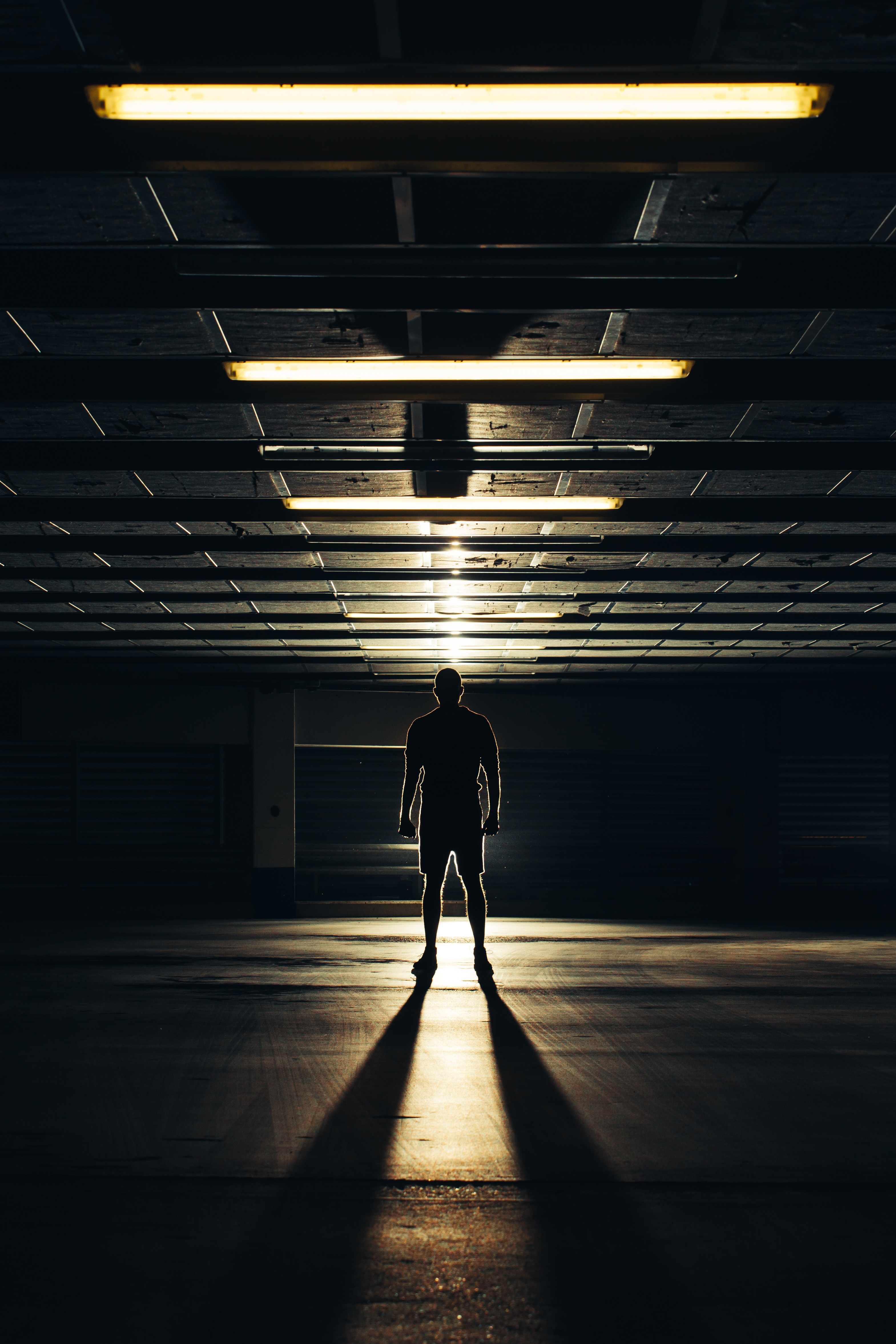
04 Oct Introduction to America’s Sex Traffickers
By Dr. Kimberly Mehlman-Orozco
Continuing our effort to take readers behind the headlines, this is the third of a three-part blog series on what every American should know about sex slaves, commercial sex consumers, and sex traffickers— hidden in plain sight, in big cities and small towns across the country.
In the descriptions of their exploits, commercial sex consumers sometimes reference red flags of sex trafficking, such as bruises, burn marks, scars, recalcitrance to sexual requests, or laying like a “starfish” during the exchange, but the men typically refuse to accept these as signs of trafficking, and rationalize them as simply a consenting prostitute who is addicted to drugs, bad at her trade, or in a relationship with an abusive boyfriend.
Like many Americans, commercial sex consumers expect victims of sex trafficking to be bound and overtly distressed or admit to being a victim. The reality is that type of situation is the exception rather than the norm.
Sex traffickers are skilled manipulators who surreptitiously exploit their victims.
For example, sex traffickers who run massage parlors or nail salons can coerce women into the commercial sex industry through debt bondage, deception regarding travel and living costs, or through threats of deportation or threats against family. Domestic sex traffickers can deceive women and children through faux romantic relationships and provision of food and shelter for homeless or runaway youth.
Sex-trafficked victims can come from such poor conditions that they sometimes even perceive being sex trafficked as an improvement to their living circumstances. A victim of sex trafficking once told Freedom Light Executive Director, Dr. Kimberly Mehlman-Orozco, “at least I had a roof over my head, even if I was getting my ass whipped before I went to sleep.”
In the wake of the Robert Kraft and Jeffrey Epstein scandals, more people are beginning to discuss what to do to combat sex trafficking. Some believe that America should legalize prostitution and it would replace the illicit market. But, according to empirical research, that is not the case. There is actually an expansion or scale effect, where incidents of sex trafficking increase in places with legalized sex work.
Instead, we should consider decriminalizing prostitution. Decriminalization is not the same as legalization, as it involves lessening the severity of punishments and increasing the discretion of law enforcement. Children especially should never be prosecuted as prostitutes. Decriminalization efforts would help bring these victims out of the shadows, without fear of law enforcement and erroneous criminalization.
We should also increase the law enforcement arsenal against sex traffickers and commercial sex consumers who purchase services from victims. At present, these criminals enjoy a certain level of impunity, as the risk of arrest is low and the likelihood of serious punishment is less than other forms of crime.
Last, we need to reassess and reallocate where we are spending our resources to combat sex trafficking and increase the quantity and quality of services for human-trafficking survivors. Post rescue, no victim should ever feel compelled to engage in survival sex or to return to sex trafficking victimization because of lack of residential placement, failed trauma-informed care, or low opportunity for social mobility.
Ultimately, we need to stop passing symbolic policies for nothing more than public accolades and assess what actually works. Legislators who are truly committed to combating this modern scourge need to consult with experts to find evidence-based interventions that truly prevent new crimes, protect victims, and increase prosecutions of sex traffickers and commercial sex consumers of sex-trafficked services.

Sorry, the comment form is closed at this time.